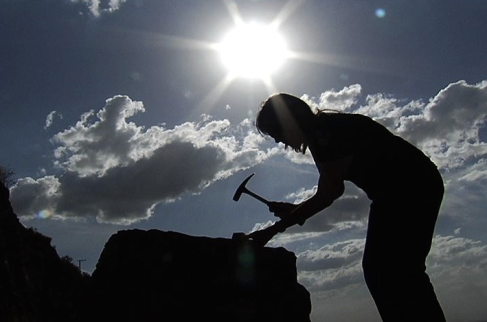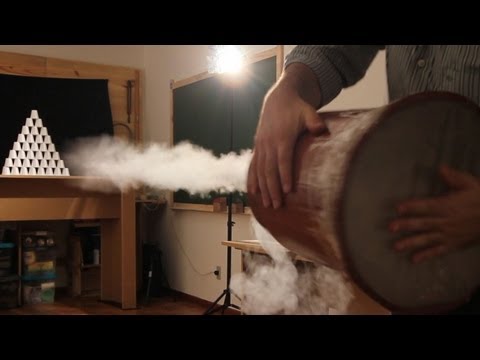Have you chosen a course to do at university? Are you still in doubt? It is a very important decision to make and this article will certainly help. Every week we will introduce one course, which will give to high school students a general understanding how the courses are.
This week the course is geology. In Brazil, the duration is five years. In the first two years is the basic course and you will mainly study chemistry, maths and physics. From the third year to the last one, is the professional course. You will take geological subjects such as petroleum geology, geological engineering and environmental geology. The principally difference between geology and others courses is the fact that geology has field trips, which encompass key visits along the country, where you can practise and analyse in the field what you have learnt in class. As nature is everywhere, you will see geology all the time.
Nowadays, there are many job opportunities for geologists along with the increase of interest in geoscience among students. The salary is between five and twenty five thousands, but the average is about eight thousands in brazilian currency.
Next week we are going to talk about biology.
Geologist in a field trip.
-Monique Tebaldi


![IMO_logo [Converted]](https://advanced2b3.wordpress.com/wp-content/uploads/2013/09/imo_logo-converted.jpg?w=226&h=270)




